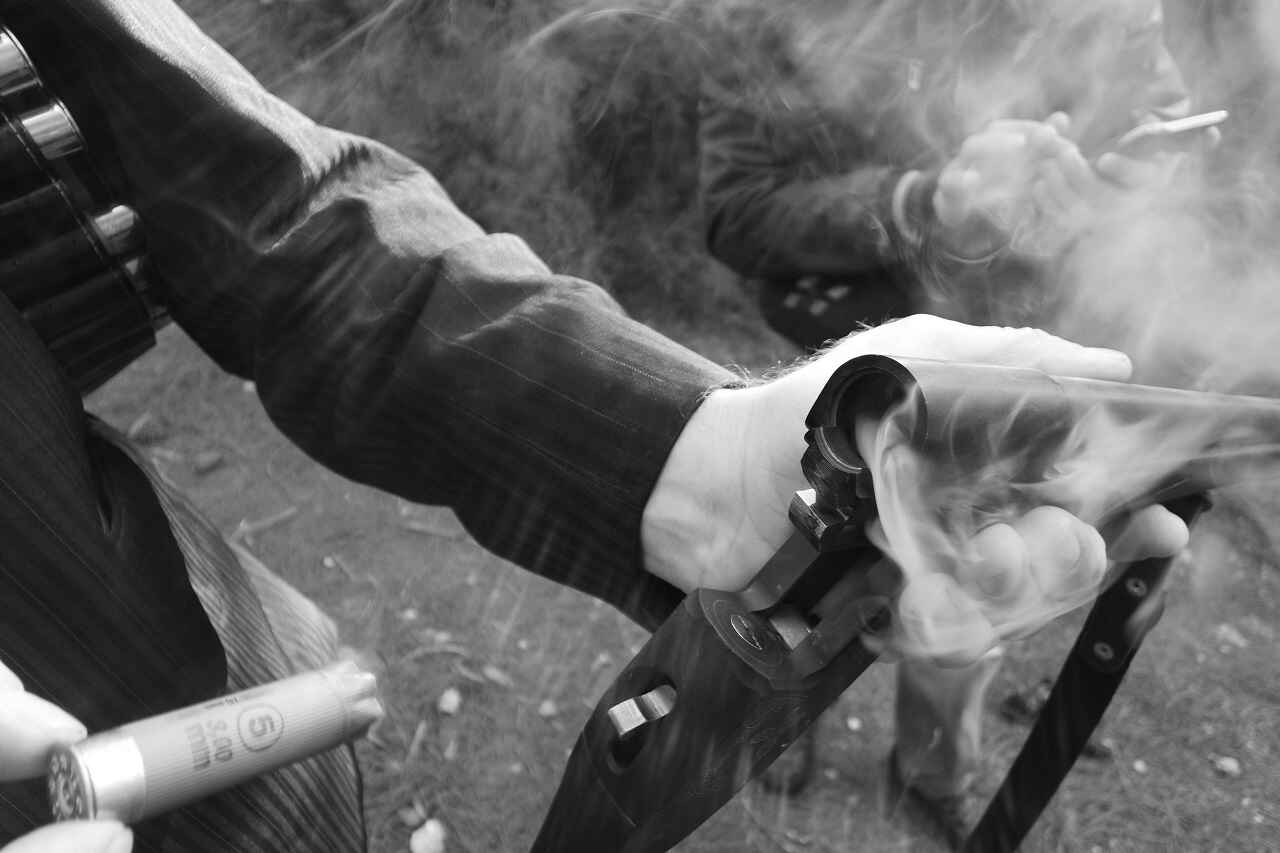A Comprehensive Firearm Guide to the First Steps in Loading and Unloading
Introduction:
In a world where firearm safety is paramount, understanding the fundamental steps of loading and unloading a firearm is crucial. Whether you’re a seasoned gun owner or a novice learning the ropes, mastering these initial procedures is the cornerstone of responsible gun ownership. In this guide, we’ll delve into the essential first steps for both loading and unloading a firearm, emphasizing the importance of safety, precision, and adherence to best practices.
The Basics of Firearm Safety:
Before we jump into the specifics of loading and unloading, let’s reinforce the cardinal rules of firearm safety:
- Treat every firearm as if it is loaded: This mindset is non-negotiable. Always handle a firearm with the assumption that it’s loaded, even if you’re sure it isn’t.
- Keep the muzzle pointed in a safe direction: Control the direction your firearm is pointing at all times. This is a fundamental rule that helps prevent accidents and injuries.
- Keep your finger off the trigger until you’re ready to shoot: Trigger discipline is paramount. Only place your finger on the trigger when you’re prepared to fire.
- Know your target and what lies beyond it: Be aware of your surroundings. Understand the potential consequences of your shot and what could be affected by it.
Loading a Firearm: The Initial Steps:
- Choose the Right Ammunition: Before anything else, ensure you’re using the correct ammunition for your firearm. Mixing up ammunition can have severe consequences, so check the markings on the barrel and the ammunition packaging.
- Clear the Firearm: Prior to loading, make sure the firearm is clear. Remove the magazine and visually inspect the chamber to ensure there are no rounds present. If applicable, engage the safety.
- Insert the Magazine: Once you’ve verified that the firearm is clear, insert the magazine. Make sure it’s fully seated and secured in place. If your firearm has a manual safety, keep it engaged until you’re ready to shoot.
- Chamber a Round: Depending on the firearm type, you may need to rack the slide or perform another action to chamber a round. This step varies between different models, so refer to your firearm’s manual for specific instructions.
- Perform a Function Check: After loading, conduct a function check by ensuring the trigger operates as intended and the safety features are functioning properly.
Unloading a Firearm: The Critical Steps:
- Engage the Safety: If your firearm has a safety, engage it before beginning the unloading process. This adds an extra layer of precaution.
- Remove the Magazine: Start the unloading process by removing the magazine. This eliminates the source of additional rounds being fed into the chamber.
- Eject the Round from the Chamber: If there is a round in the chamber, carefully eject it. For semi-automatic firearms, rack the slide to extract the round. For other types, follow the specific unloading procedure outlined in your firearm’s manual.
- Visually and Physically Inspect the Chamber: Once the magazine is removed and the round ejected, visually and physically inspect the chamber to ensure it is empty. This step is critical in preventing accidental discharges.
- Store Ammunition Separately: As an additional safety measure, store ammunition separately from the firearm. This reduces the risk of unintentional discharges and ensures a safer environment.
Conclusion:
In conclusion, mastering the first steps of loading and unloading a firearm is a responsibility that every gun owner must embrace. By following these guidelines, you contribute to a culture of safety and responsible firearm ownership. Remember, firearm safety is a continuous commitment, and staying informed about your specific firearm’s features and characteristics is essential. As you embark on your journey with firearms, prioritize safety, education, and a deep respect for the power you hold in your hands.






Diagnostico de equipos
Equipos de calibración: esencial para el operación suave y productivo de las maquinarias.
En el mundo de la ciencia moderna, donde la productividad y la seguridad del sistema son de máxima importancia, los equipos de calibración cumplen un función crucial. Estos equipos específicos están creados para balancear y regular componentes giratorias, ya sea en maquinaria de fábrica, transportes de transporte o incluso en equipos hogareños.
Para los especialistas en soporte de aparatos y los ingenieros, trabajar con dispositivos de calibración es crucial para proteger el rendimiento fluido y estable de cualquier sistema móvil. Gracias a estas opciones tecnológicas avanzadas, es posible minimizar significativamente las oscilaciones, el estruendo y la tensión sobre los cojinetes, extendiendo la longevidad de elementos caros.
Igualmente relevante es el rol que tienen los aparatos de ajuste en la soporte al cliente. El soporte profesional y el conservación permanente usando estos sistemas permiten dar prestaciones de óptima estándar, aumentando la bienestar de los consumidores.
Para los dueños de proyectos, la aporte en unidades de calibración y dispositivos puede ser esencial para incrementar la eficiencia y eficiencia de sus sistemas. Esto es especialmente importante para los emprendedores que administran pequeñas y medianas organizaciones, donde cada punto es relevante.
También, los sistemas de calibración tienen una vasta aplicación en el campo de la fiabilidad y el control de nivel. Habilitan identificar probables errores, evitando reparaciones caras y averías a los aparatos. Además, los indicadores extraídos de estos sistemas pueden utilizarse para maximizar procedimientos y aumentar la presencia en motores de consulta.
Las zonas de implementación de los equipos de ajuste cubren numerosas sectores, desde la fabricación de ciclos hasta el supervisión ambiental. No influye si se refiere de enormes elaboraciones industriales o reducidos establecimientos de uso personal, los sistemas de calibración son fundamentales para garantizar un rendimiento óptimo y sin presencia de detenciones.